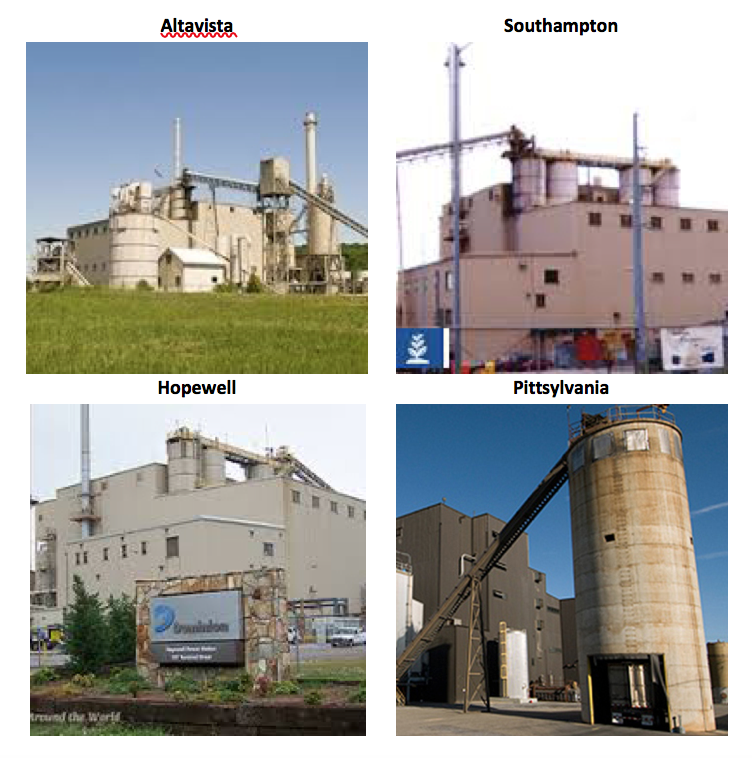
Global electricity generated from biomass more than tripled between 2000 and 2016, and it is forecast to grow at an increasing pace through the year 2040. Electricity generation from biomass is also expanding in the United States, particularly in the Southeast. Given the continued growth and policy support for biomass electricity generation, this Georgia Tech project examines the economics of bioenergy in the Southeast, focusing in particular on four Virginia biomass plants, three converted from coal plants in 2012 and one purchased and expanded in 2004. The goal is to estimate the levelized cost of electricity (LCOE) generated from the plants as a metric of their level of competitiveness with respect to alternative ways of meeting electricity demand in the region.
Our findings are described in the following journal article:
Brown, M.A., A. Favero, V.M. Thomas, and A. Banboukian. (2019). "The Economic and Environmental Performance of Biomass Power as an Intermediate Resource for Power Production," Utilities Policy.
It documents that electricity from these four biomass plants is 40-53% more expensive than new solar and wind today and is double the cost of energy efficiency. Even with the inclusion of federal subsidies and environmental credits, Dominion’s biomass conversions are not cost-competitive. At the same time, these biomass are substantially less expensive than investing in new coal or nuclear plants. Compared to coal and natural gas per MWh produced, the NOx and SO2 emissions of biopower are also intermediate. We confirm that current investments in biopower can be attributed to an array of stakeholder value propositions extending beyond basic economic and environmental metrics. Our findings underscore the risks associated with investing in large, long-lived generation assets at a time when technologies and markets are rapidly evolving.
Marilyn A. Brown, Alice Favero, Valerie Thomas, and Aline Banboukian
